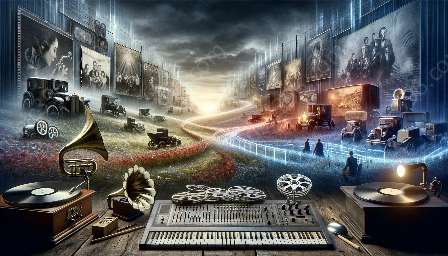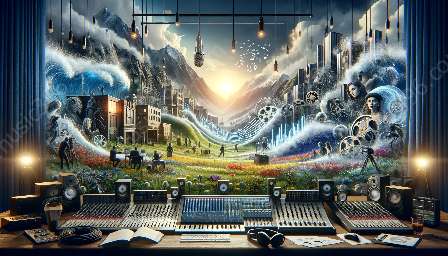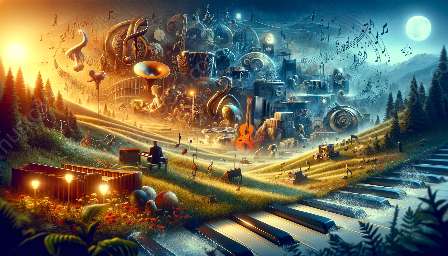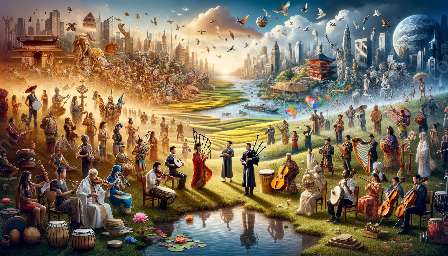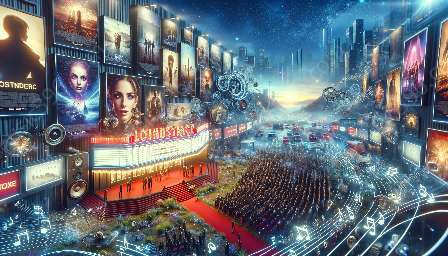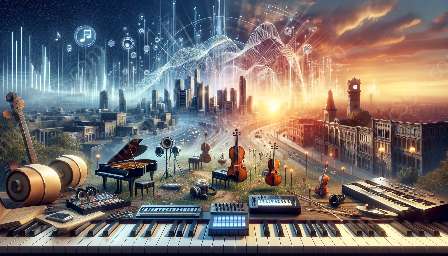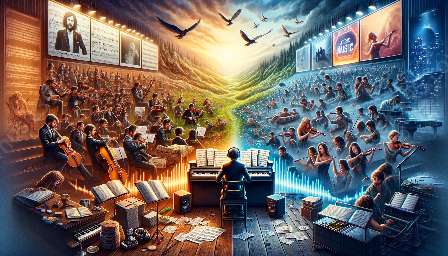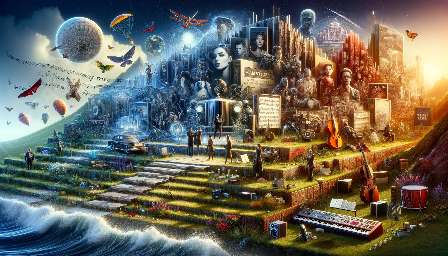If you’re passionate about music and interested in technology, it’s essential to understand how data-driven technologies are shaping the world of soundtracks and catering to audience preferences. In this article, we'll explore the influence of technology on soundtracks, its role in understanding and meeting audience preferences, and the implications for the music industry at large.
How Technology Influences Soundtracks
Technology has significantly impacted the creation and distribution of soundtracks in the modern era. With the advent of digital audio workstations, composers and musicians have access to a wide array of tools that allow for more precise composition, editing, and mixing. Virtual instruments and sample libraries have also become essential in the creation of soundtracks, providing composers with a vast sonic palette to work with.
Additionally, technology has revolutionized the way soundtracks are integrated into various media. From streaming platforms to virtual reality experiences, soundtracks are now delivered and experienced in ways that were previously unimaginable. This trend has led to a redefinition of what constitutes a successful soundtrack, as it must now not only complement the visual content but also engage and immerse the audience in new and innovative ways.
The Role of Data-Driven Technologies
Data-driven technologies, such as AI and machine learning, have played a transformative role in the creation, curation, and distribution of soundtracks. These technologies have made it possible to analyze vast amounts of data, including audience listening habits, emotional responses to music, and cultural trends, to inform the creation of soundtracks that resonate with specific audience preferences.
One of the most notable applications of data-driven technologies in soundtracks is the use of algorithms to predict and recommend music based on individual preferences. Streaming platforms and music services utilize these algorithms to deliver personalized soundtrack recommendations, effectively catering to the diverse tastes and preferences of the audience.
Understanding Audience Preferences
Understanding audience preferences is crucial for the success of soundtracks, and data-driven technologies have become indispensable in this regard. Through extensive analysis of listening patterns, engagement metrics, and demographic information, data-driven technologies enable composers and music producers to gain valuable insights into what resonates with their target audience.
This data-driven approach allows for the creation of soundtracks that are not only artistically compelling but also commercially viable. By understanding audience preferences at a granular level, composers can tailor their compositions to evoke specific emotions, align with cultural trends, and resonate with the intended audience.
The Impact on the Music Industry
The integration of data-driven technologies in soundtracks has not only influenced the creative process but also transformed the business landscape of the music industry. With access to in-depth audience insights and predictive analytics, music production houses and record labels can make informed decisions about the types of soundtracks to produce, market, and distribute.
Furthermore, data-driven technologies have paved the way for new monetization models within the music industry. By leveraging data analytics, music producers can identify niche markets and sub-genres that have previously been underserved, thereby creating opportunities for targeted soundtrack releases and tailored marketing strategies.
Conclusion
The intersection of data-driven technologies and audience preferences in the realm of soundtracks represents a pivotal moment in the history of music. As technology continues to evolve, so too will the ways in which soundtracks are created, consumed, and cherished by audiences worldwide. Embracing this digital transformation can empower artists, composers, and music industry professionals to connect with their audience on a deeper level while shaping the future of soundtrack creation and appreciation.


